Bunion and hammertoe surgery, what do I need to know?
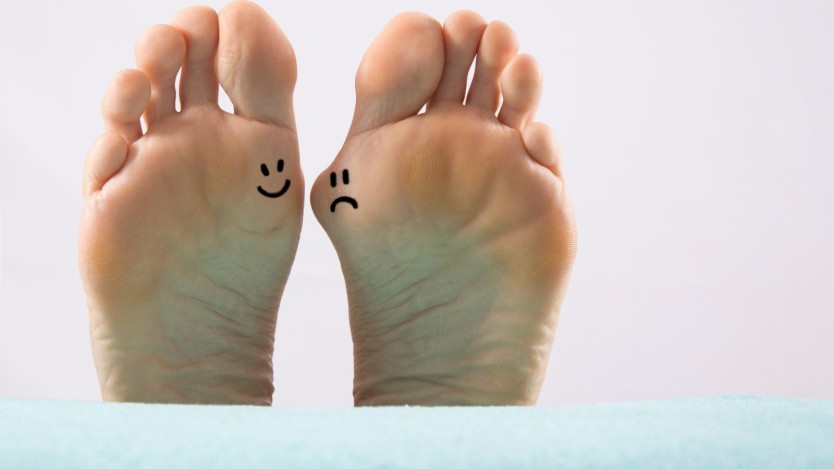
- What are foot deformities?
- What is a hammer toe?
- Types of hammer toe
- Why does hammertoe occur?
- Relation of bunions to hammertoes
- Bunion surgery to prevent hammertoes
- Hammertoe is a deformity in the second, third, fourth or fifth toes, consisting of bending of one or more of the joints that form each toe.
- Hammertoes are a direct consequence of having bunions due to hallux valgus in the feet and worsen over time if not treated properly.
- The definitive solution for the treatment of bunions and hammertoes is corrective surgery.
What are foot deformities?
Toe deformities, mainly caused by the bony deviation that causes bunions, are nowadays the reason for a large number of consultations with specialists in traumatology. These deformities can be isolated, only one of them may be present, or they may be associated with other deformities or alterations in the foot or toes.

Do you need bunion surgery?
Request a free and immediate appointment with our specialists
Before explaining what bunions, hammertoe or hallux valgus are, it is important to know that the four little toes, the big toe being an exception, are made up of three bones each, called phalanges.
These bones are called the proximal phalanx, middle phalanx and distal phalanx and each of the joints between them, like any other joint between two bones, is considered a joint.
What is a hammer toe?
Generally, the toes are in an extended position, however, when pressure is exerted on the toes it can cause one or more joints to become flexed. This pressure can be caused in a large majority of cases by the bony deviation (hallux valgus) that causes the well-known and annoying bunions.
As a result, the toes become curved. When the toes are curved, they are called mallet toes, hammer toes or claw toes. The name depends on which joint is bent.
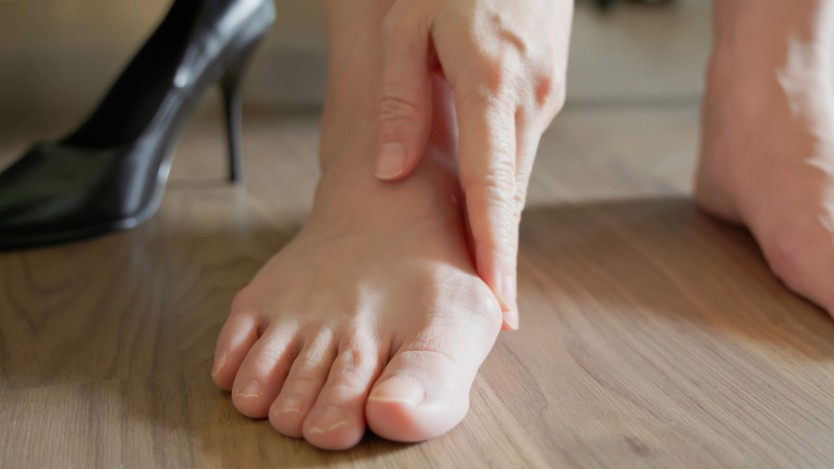
In the case that concerns us in this article, hammertoes, the proximal phalanx remains extended and the medial and distal phalanges remain flexed. This is one of the most common types of deformity, especially in the first and second toes.
When this deformity is only seen in one toe, we are dealing with a hammertoe, however, when the deformity affects more toes, we are dealing with claw toes.
Types of hammer toe
In the early stages of the deformity, it may go unnoticed, as the joint is still flexible and can adapt perfectly to the shape of all types of shoes. Gradually, however, the deformity progresses to a point where the joint becomes increasingly stiff, which can worsen the symptoms.
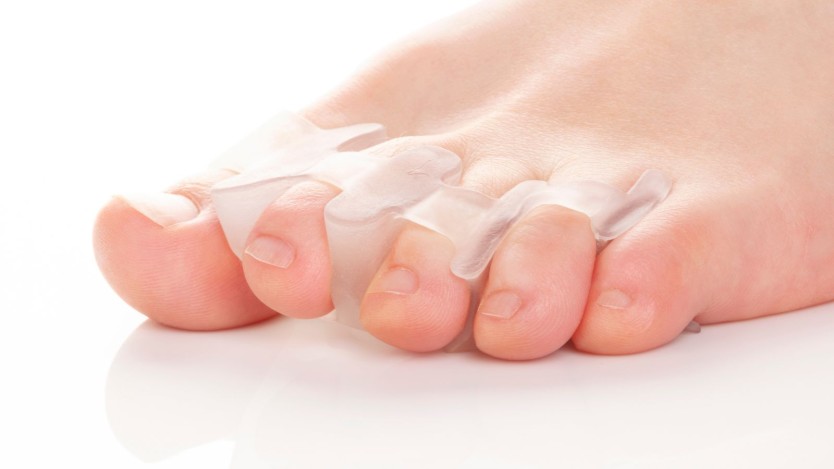
Depending on the rigidity or flexibility of the hammertoes, we can differentiate between three types:
- Flexible hammertoes: the deformity is visible in the finger, but when we manipulate it or exert pressure on it, the deformity is corrected.
- Semi-rigid hammertoes: when the deformity of the joints is partially corrected by pressure.
- Stiff hammertoes: when the deformity has already settled and cannot be corrected by manipulation.
The specialist, through manipulation, will determine which type of hammertoe the patient has. When the doctor exerts pressure on the joints and the finger stretches, we will be dealing with a flexible hammertoe; on the other hand, if it does not stretch, it will be a rigid hammertoe.
When hammertoes become totally rigid, the only definitive treatment is surgery. This is why it is important to correct the hallux valgus deformity that causes bunions, as it can also cause hammertoes in the long run and require much more complicated surgery.
Why does hammertoe occur?
The only cause of hammertoe is an imbalance between the muscle and tendon of the toes. This imbalance causes the toe to flex.
Sometimes this imbalance appears in people over time due to mechanical changes in the foot. These changes can be caused by multiple factors such as:
- Use of inappropriate footwear: narrow at the toe, which puts pressure on the toes. Wearing narrow shoes can cause contracture of the toes. Wearing high heels can also cause hammertoe.
- Previous trauma: as a consequence of an injury or old fracture of the toes. The sequelae that may remain can progress and be the cause of hammertoes.
- Hereditary factors: sometimes there is an imbalance of muscle and tendon that is hereditary or, sometimes, having a longer toe, which leads to the deformity when not wearing appropriate footwear.
- Bunions: the deviation of the bone (hallux valgus) that causes bunions can also be a cause of hammertoe development.
Relation of bunions to hammertoes
When a person has a bunion, it manifests as a bump on the side of the toe (usually the big toe). A bunion is caused by a deviation in the first metatarsal (hallux valgus), which deviates instead of remaining straight, as it should.
Sometimes, when the deviation caused by the bunion is not treated correctly and in time, it can cause the toe to deviate more and more, even to the point of riding on top of the other toes.
The pressure exerted by the bunion on the other toes over time can cause an imbalance between the muscle and tendon, leading to hammer toe flexion.
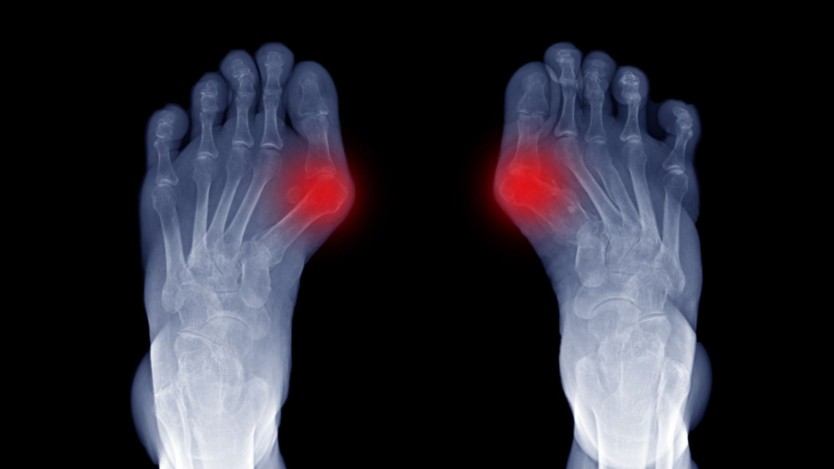
To avoid at all costs that a bunion causes hammertoes, it is best to consult a specialist and, in the vast majority of cases, to intervene the bunion and fix the deviation that causes it, solving the problem as soon as possible.
The longer the patient takes to fix the deviation that causes bunions, the more likely it is that more serious foot problems, such as hammertoes or claw toes, will occur.
Bunion surgery to prevent hammertoes
When the bunion is overdeveloped and inflamed and is likely to cause the toes to become hammertoes, the patient should consider surgery to remove the bunion.
The surgery is simple, and consists of correcting the deviation of the bone to prevent hammertoes from occurring, as well as eliminating the unpleasant discomfort caused by the bunion itself.
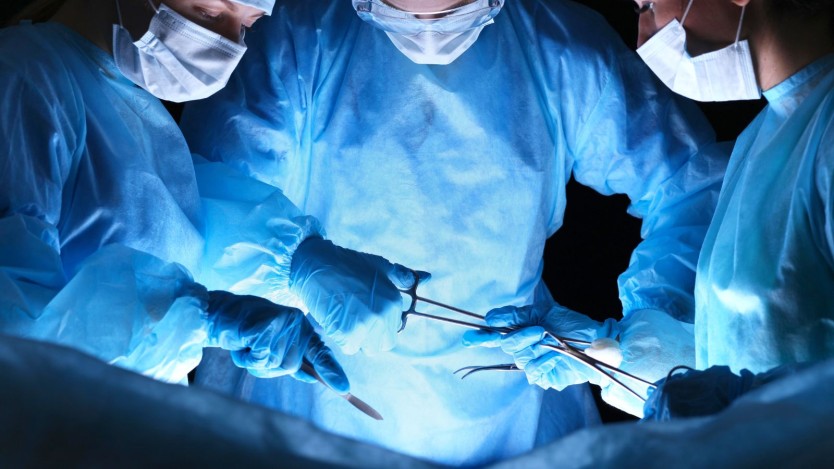
There are two surgical techniques that patients with bunions (caused by hallux valgus, which is the deviation that is corrected) can undergo in order to prevent hammertoes:
Hallux Valgus surgery with osteotomy
This operation allows the toe to return to its original place, thus correcting the deformity of the metatarsal. The specialist removes the part of the bone that protrudes and then fixes the rest of the bone with a surgical screw.
It is a fairly simple operation (always performed by expert surgeons), lasting between 30 and 90 minutes, depending on the severity of the deviation and the bunion.
Hallux Valgus surgery without osteotomy
Percutaneous surgery is another of the most commonly used techniques used to operate on bunions or hallux valgus.
This technique consists of making three incisions around the bunion. Through these incisions, the specialist inserts the surgical material necessary for the operation. In order to obtain visibility inside the foot, the surgeon uses a radiological device, allowing him to act without the need for open surgery.
After the operation, after a week has passed, the patient is fitted with an external prosthesis in order to keep the foot in the correct position.
The way of operating will always be determined by the specialist, having previously made a diagnosis and depending on the severity of the deviation.
It is important to mention that although the correction of hallux valgus can reduce the chances of hammertoes forming, there are other causes such as footwear that can cause them to appear.
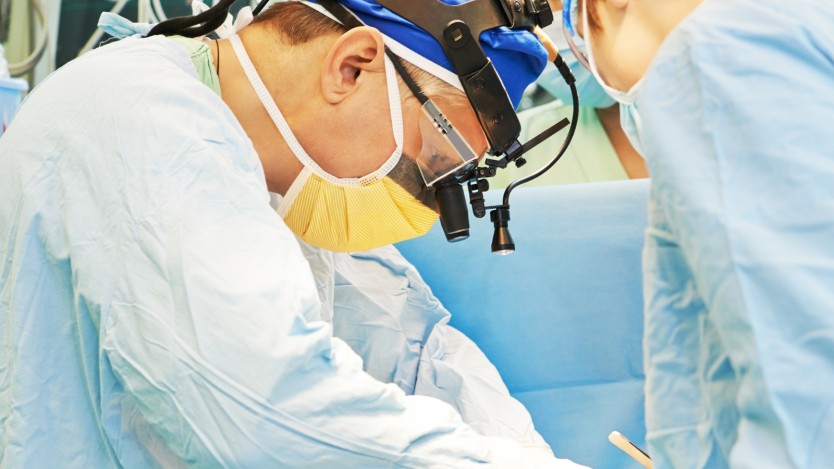
If the patient suffers from both bunions (hallux valgus) and hammertoes during the same procedure, the surgeon will correct them using one of the following techniques:
Hammertoe correction surgery
In addition to the correction of hallux valgus, hammertoes can also be corrected during the same operation, if necessary. This correction can be carried out by different surgical techniques, which are mentioned below:
- Arthroplasty. In this case, part of the bone that causes the deformity is removed, allowing the deviation to be corrected and normal function to be restored. This is usually the most common procedure to correct hammertoes.
- Arthrodesis. This surgical technique is usually used in the most severe cases and involves fusing the joint causing the hammertoe to straighten it. A needle or a small fixation device is usually used to hold the toe in its normal position while the bones regenerate.
- In more severe cases, in addition to some of the above techniques, the patient may require other procedures such as skin removal, tendon or muscle lengthening, tendon transfers or repositioning of the joints surrounding the tendon affecting the hammertoe.
The need for one or the other technique and the associated processes must be specified by a trauma specialist on a case-by-case basis.
Recovery after bunion and hammer toe surgery

Full recovery after bunion and hammer toe surgery can take up to eight months, however, there are cases where recovery only takes a couple of months.
It all depends on:
- The affected tissue: the more severe the bunion and hammertoe, its inflammation and the deformation of the foot, the more soft tissue and skin will be affected during the operation. This is why it is recommended to treat bunions as soon as possible. The less severe the problem, the faster the recovery.
- Rehabilitation exercises: when a patient undergoes an operation to remove bunions and hammertoes, he or she loses part of the movement of the foot, so to regain movement, the patient must follow a rehabilitation exercise plan designed by the specialist or a physiotherapist.
It is very important that the patient follows all the specialist's advice and instructions after having undergone bunion (hallux valgus) surgery, especially if it is combined with hammertoe correction, in order to eliminate the discomfort as soon as possible and thus be able to return to a normal life.
It should be noted that the sooner a patient decides to undergo surgery, the better, as these problems are progressive, i.e. they worsen over time, which in turn makes the correction surgery more and more complicated.

Do you need bunion surgery?
Request a free and immediate appointment with our specialists in Traumatology
Medical disclaimer: All the published content in Operarme is intended to disseminate reliable medical information to the general public, and is reviewed by healthcare professionals. In any case should this information be used to perform a diagnosis, indicate a treatment, or replace the medical assessment of a professional in a face to face consultation. Find more information in the links below:
